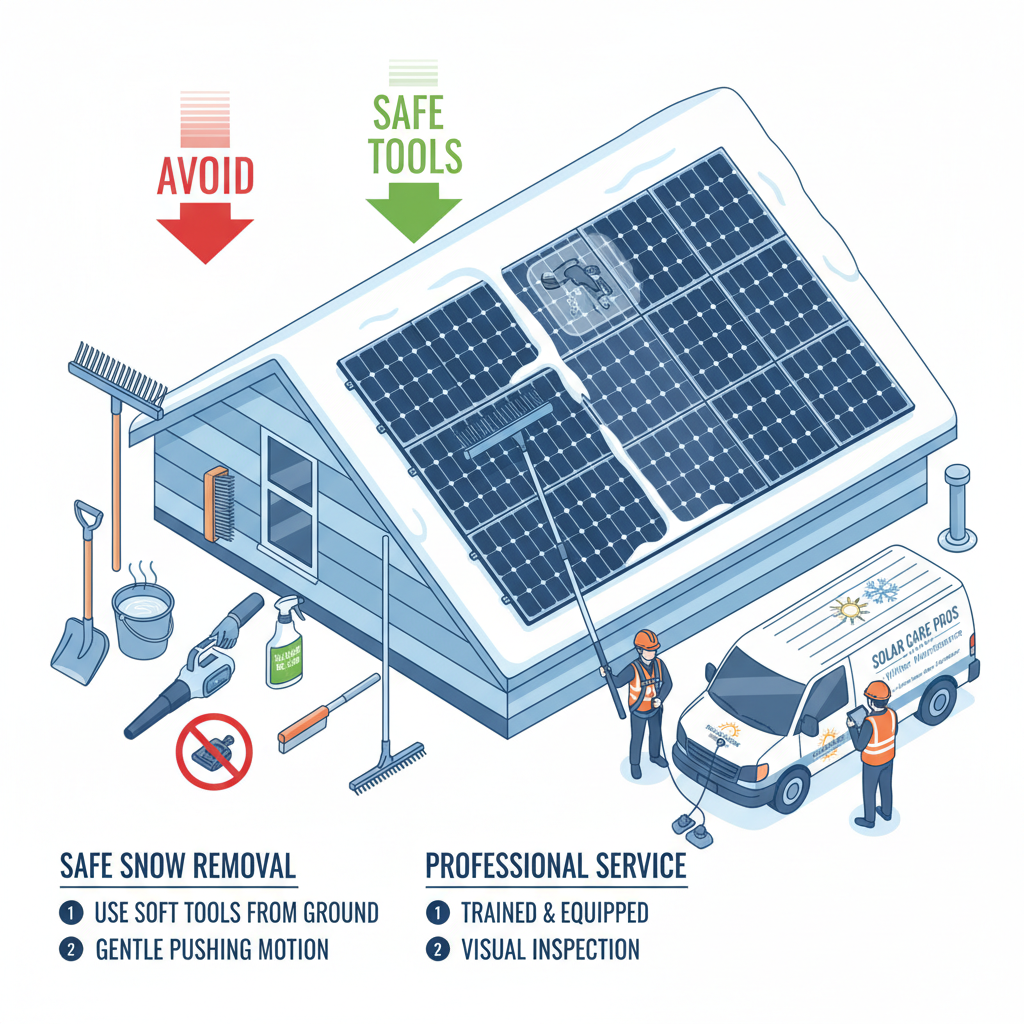TL;DR
- Snow removal responsibility depends on local laws, lease agreements, and property type.
- Landlords typically handle common areas and structural elements like roofs and main driveways.
- Tenants are often responsible for their individual units and immediate surrounding areas.
- Clear lease language is crucial to avoid disputes and ensure proper winter maintenance.
- Communication between landlords and tenants prevents misunderstandings and ensures safety.
- Documenting agreements and services helps resolve potential liability issues.
Winter weather brings more than just picturesque snowscapes—it creates questions about responsibility for snow removal in rental properties. When snow starts falling, both landlords and tenants need to know their obligations to ensure safety, avoid liability issues, and prevent disputes. The answer isn’t always straightforward, as it depends on local laws, lease agreements, and the specific property setup.
This guide clarifies the responsibilities and offers practical advice for navigating snow removal in rental situations.
Understanding the Legal Landscape
Snow removal responsibilities in rental properties vary significantly by location and aren’t always clearly defined by law. While some areas have specific ordinances, others leave it to the lease agreement.
- Local Ordinances: Some municipalities require property owners to maintain safe access to public sidewalks and common areas.
- State Laws: Vary widely; some states place responsibility on landlords for all exterior maintenance.
- Fair Housing Considerations: Snow removal must ensure accessibility for tenants with disabilities.
- Common Law: In the absence of specific laws, courts often look at what constitutes “habitable” conditions.
Always check your local regulations and consult legal experts for your specific situation.
Landlord Responsibilities
Generally, landlords are responsible for maintaining the overall property and ensuring tenant safety. This typically includes:
Common Areas and Structural Elements
- Main Driveways and Parking Lots: Primary access routes to the property.
- Sidewalks and Pathways: Public areas leading to building entrances.
- Roof Snow Removal: Preventing ice dams and structural damage.
- Building Entrances: Ensuring safe access to the main building.
Maintenance and Safety Obligations
- Hiring Professional Services: Arranging for snow removal when conditions require it.
- Emergency Response: Handling major snow events that pose immediate safety risks.
- Equipment Storage: Providing space for tenant snow removal tools if required.
- Insurance Coverage: Maintaining adequate property insurance for winter-related damage.
Tenant Responsibilities
Tenants often bear responsibility for their immediate living areas and personal spaces. This can include:
Individual Unit Maintenance
- Balcony or Patio Clearing: Private outdoor spaces attached to the unit.
- Personal Pathways: Walkways directly serving their entrance.
- Garage or Carport: If assigned to the tenant.
- Window Wells: Clearing snow from basement windows.
General Expectations
- Reasonable Cooperation: Allowing access for landlord’s snow removal crews.
- Reporting Issues: Notifying the landlord of hazardous conditions promptly.
- Basic Maintenance: Clearing minor accumulations if specified in the lease.
- Pet Areas: Managing snow around pet walking areas if applicable.
The Crucial Role of Lease Agreements
The lease agreement is the primary document that should clarify snow removal responsibilities. Without clear language, disputes can arise.
Key Lease Provisions to Include
- Specific Responsibilities: Clearly state who handles what areas.
- Service Arrangements: Detail if snow removal is included in rent or billed separately.
- Emergency Protocols: Outline procedures for major snow events.
- Cost Allocation: Specify how expenses are divided between landlord and tenants.
- Timeline Expectations: Define response times for different snow accumulation levels.
What to Look For
- Ambiguity Check: Ensure no vague terms like “as needed” without definitions.
- Property-Specific Details: Address unique features like multiple buildings or shared driveways.
- Seasonal Clauses: Include provisions for the entire winter season.
- Modification Process: How changes to responsibilities can be made.
Communication Strategies
Effective communication prevents misunderstandings and ensures everyone stays safe during winter.
Between Landlord and Tenant
- Pre-Season Meetings: Discuss expectations and responsibilities before winter arrives.
- Weather Updates: Share information about upcoming storms and planned services.
- Contact Information: Provide emergency numbers and preferred communication methods.
- Feedback Loops: Allow tenants to report issues and suggest improvements.
With Professional Services
- Service Introductions: Introduce snow removal contractors to tenants.
- Schedule Sharing: Inform tenants of expected service times.
- Emergency Contacts: Provide direct contact for urgent situations.
- Quality Monitoring: Encourage feedback on service effectiveness.
Avoiding and Resolving Disputes
Despite best efforts, disagreements can occur. Here’s how to handle them:
Prevention Strategies
- Clear Documentation: Keep records of all communications and agreements.
- Professional Mediation: Use neutral third parties for complex situations.
- Insurance Review: Ensure both parties understand liability coverage.
- Regular Reviews: Update lease terms annually based on past experiences.
Resolution Steps
- Internal Discussion: Start with direct communication between landlord and tenant.
- Written Agreements: Document any changes or clarifications in writing.
- Legal Consultation: Seek advice from local tenant rights organizations or attorneys.
- Mediation Services: Use community mediation centers for neutral resolution.
Special Considerations
Multi-Unit Buildings
- HOA Involvement: In condominium associations, responsibilities may be shared.
- Shared Expenses: Snow removal costs might be divided among all residents.
- Access Coordination: Managing contractor access in densely populated buildings.
Seasonal Rentals
- Short-Term Agreements: Vacation rentals may have different expectations.
- Owner Presence: Whether the owner lives on-site can affect responsibilities.
- Guest Communication: Ensuring visitors understand safety protocols.
Conclusion
Snow removal responsibilities in rental properties require clear communication, detailed lease agreements, and mutual understanding between landlords and tenants. While the specifics vary by location and property type, the goal remains the same: ensuring safe, accessible conditions for everyone during winter. By addressing these responsibilities proactively and maintaining open lines of communication, landlords and tenants can avoid the “snow removal showdown” and focus on enjoying the winter season safely. Remember, when in doubt, consult local laws and consider professional legal advice to protect all parties involved.



